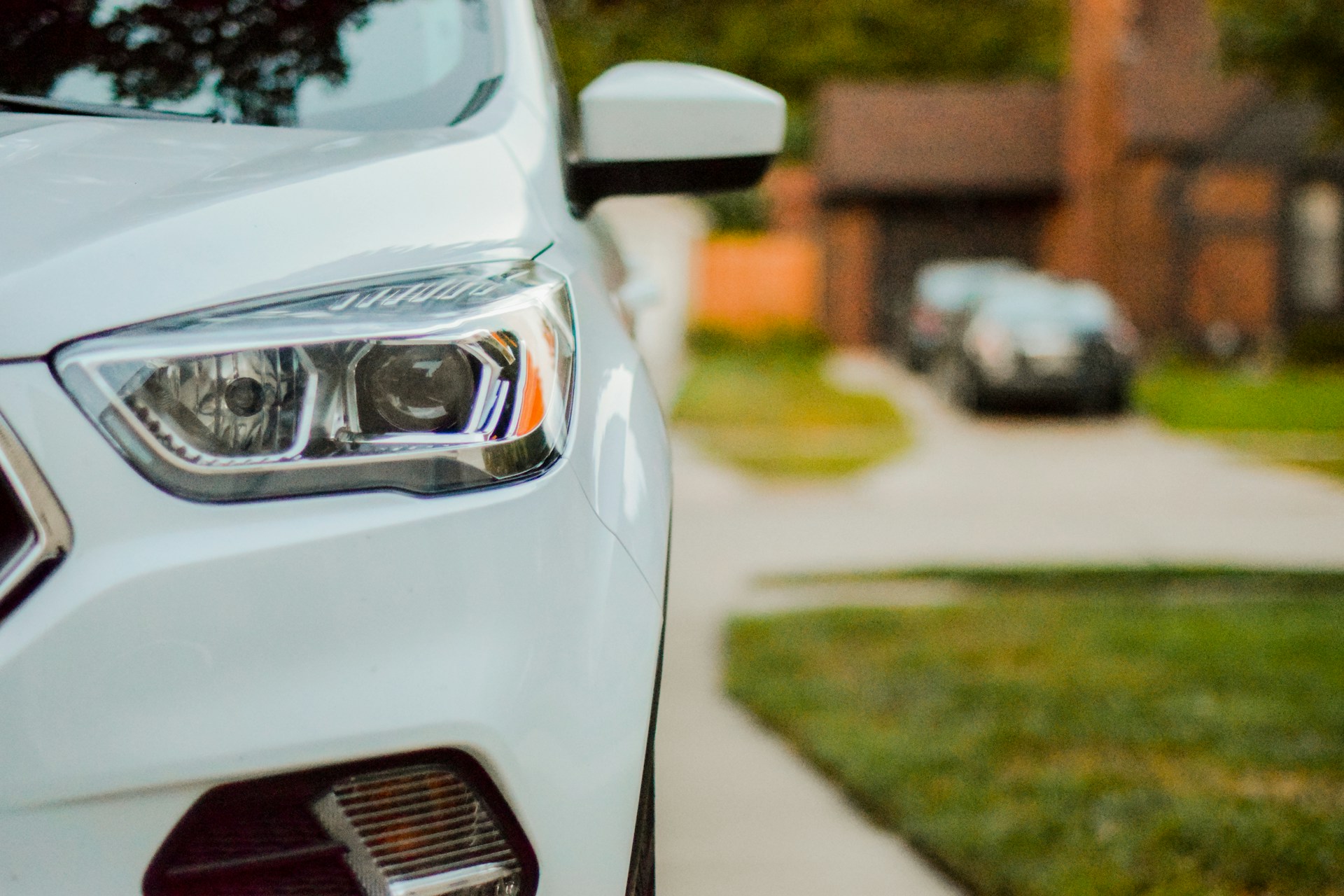Add-on coverage can help fill gaps in your auto insurance policy. But not every option fits every vehicle. Some extras may offer little value depending on your car’s age, condition, or usage. Knowing what to skip helps you avoid wasted premiums and keeps your policy focused on what matters.
This guide breaks down which add-ons may not be worth it based on your vehicle profile. It also explains how to match coverage to real-world risk, not just sales pitches.
Skip Rental Reimbursement for Older or Backup Vehicles
Rental reimbursement pays for a temporary car while yours is in the shop after a covered claim. It makes sense for daily drivers or newer vehicles you rely on. But if your car is old, rarely used, or not essential for commuting, this add-on may not be needed.
Ask yourself:
- Do you have access to another vehicle?
- Can you work remotely or use public transit short-term?
- Would you rather pay out of pocket for a rental only when needed?
If the answer is yes to any of these, you can likely skip this coverage.
Roadside Assistance May Be Redundant for New Cars
Many new vehicles come with roadside help built into the warranty. Brands like Toyota, Hyundai, and Ford offer free towing, jump-starts, and lockout service for the first few years. If your car is still under factory coverage, adding roadside assistance through your insurer may duplicate what you already have.
Also consider:
- Do you already have AAA or a similar membership?
- Does your credit card offer roadside perks?
If so, you are already covered. No need to pay twice.
Skip Gap Insurance for Low-Depreciation or Paid-Off Cars
Gap insurance covers the difference between your car’s value and what you owe on a loan if the car is totaled. It is most useful for new cars with steep depreciation and long-term financing.
You can skip gap coverage if:
- Your car is paid off
- You made a large down payment
- You drive a model with slow depreciation (like some Toyota or Honda sedans)
Gap insurance is smart for leased vehicles or loans with little equity. But once your loan balance drops below the car’s value, the coverage no longer helps.
New Car Replacement Is Not for Every Driver
New car replacement pays for a brand-new version of your car if it is totaled within a set time frame, usually one to two years. It costs more than standard coverage and only applies to new vehicles.
You can skip this add-on if:
- Your car is more than two years old
- You are fine with receiving actual cash value
- You plan to replace the car with a different model anyway
This coverage may appeal to drivers who want to stay in the same make and model. But for others, it adds cost without clear benefit.
Custom Equipment Coverage Is Unnecessary for Stock Vehicles
If you have not added aftermarket parts, upgraded sound systems, or custom wheels, you do not need this coverage. Standard policies already cover factory-installed equipment. Custom equipment coverage only applies to non-standard additions.
Skip this add-on if:
- Your car is stock
- You have not modified the interior or exterior
- You do not plan to upgrade features
For drivers with lifted trucks, tuned sports cars, or custom interiors, this coverage matters. Everyone else can pass.
Glass Coverage May Not Be Worth It for Some Models
Glass-only coverage pays for windshield and window repairs without applying your full deductible. It is useful for cars with expensive glass or frequent exposure to road debris.
You can skip it if:
- Your deductible is already low
- Your windshield is standard and affordable to replace
- You park indoors or drive in low-risk areas
Some policies offer glass coverage with no deductible. But if your car’s glass is cheap and rarely damaged, this add-on may not save you money.
Match Add-Ons to Your Driving Habits
Beyond the vehicle itself, your driving habits matter. A low-mileage driver may not need extras like accident forgiveness or trip interruption. A city commuter may benefit more from parking protection than rural drivers.
Always review:
- How often you drive
- Where you park
- What risks you face most often
This helps you choose coverage that fits your lifestyle, not just your car.
Do Not Overlook deductible choices
Add-ons are only part of the equation. Your deductible choices affect how much you pay out of pocket before coverage kicks in. A high deductible may cancel out the value of small add-ons like glass or towing. Make sure your deductible aligns with your budget and risk tolerance.
Add-on coverage should match your vehicle’s profile and your real-world needs. Skip what does not apply. Keep what protects you from likely losses. This keeps your policy lean, affordable, and ready when it counts.




